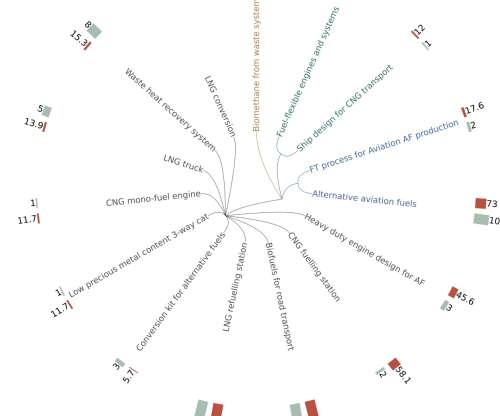Diesel Technology Forum: 57% of all commercial diesel trucks on the roads in US are near-zero emissions models
Green Car Congress
JULY 11, 2023
Analysis of a study by S&P Global Mobility shows the number of new near-zero emission diesel trucks on the road in the US increased 10.2% between 2021 and 2022, according to the Diesel Technology Forum (DTF). Near-zero emission trucks are advanced diesel technology manufactured in the 2010 and later model years. are CNG, 0.3%







































Let's personalize your content